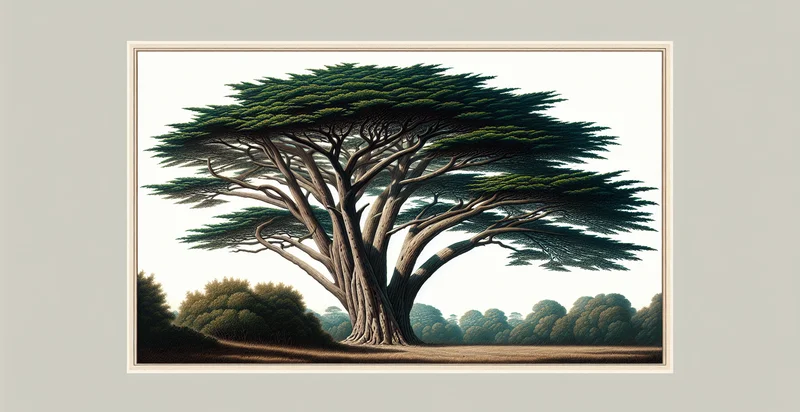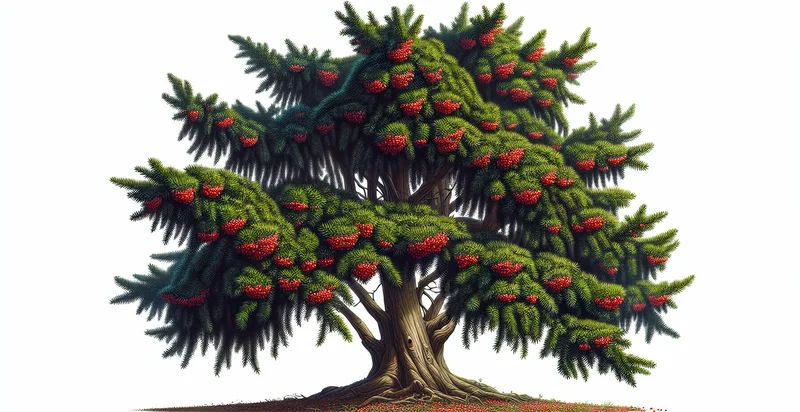Identify if tree is a cypress
using AI
Below is a free classifier to identify if tree is a cypress. Just upload your image, and our AI will predict if the tree is a cypress - in just seconds.

Contact us for API access
Or, use Nyckel to build highly-accurate custom classifiers in just minutes. No PhD required.
Get started
import nyckel
credentials = nyckel.Credentials("YOUR_CLIENT_ID", "YOUR_CLIENT_SECRET")
nyckel.invoke("if-tree-is-a-cypress", "your_image_url", credentials)
fetch('https://www.nyckel.com/v1/functions/if-tree-is-a-cypress/invoke', {
method: 'POST',
headers: {
'Authorization': 'Bearer ' + 'YOUR_BEARER_TOKEN',
'Content-Type': 'application/json',
},
body: JSON.stringify(
{"data": "your_image_url"}
)
})
.then(response => response.json())
.then(data => console.log(data));
curl -X POST \
-H "Content-Type: application/json" \
-H "Authorization: Bearer YOUR_BEARER_TOKEN" \
-d '{"data": "your_image_url"}' \
https://www.nyckel.com/v1/functions/if-tree-is-a-cypress/invoke
How this classifier works
To start, upload your image. Our AI tool will then predict if the tree is a cypress.
This pretrained image model uses a Nyckel-created dataset and has 2 labels, including Is Cypress and Is Not Cypress.
We'll also show a confidence score (the higher the number, the more confident the AI model is around if the tree is a cypress).
Whether you're just curious or building if tree is a cypress detection into your application, we hope our classifier proves helpful.
Related Classifiers
Need to identify if tree is a cypress at scale?
Get API or Zapier access to this classifier for free. It's perfect for:
- Forestry Management: This function can be utilized by forestry management companies to identify cypress trees in large tracts of forested land. Accurate identification helps in monitoring and conserving cypress populations, ensuring sustainable harvesting practices and biodiversity conservation.
- Landscape Design: Landscape architects can leverage this classification function to determine the presence of cypress trees when planning new outdoor spaces. By identifying these trees, designers can integrate them into their plans for aesthetic purposes, climate adaptation, and water management.
- Environmental Research: Researchers studying wetland ecosystems can employ this function to assess the prevalence of cypress trees in various habitats. The ability to identify these trees facilitates comprehensive ecological studies and helps in understanding their role in regional biodiversity and water filtration.
- Urban Planning: Urban planners can use the identification function to evaluate cypress trees in urban settings, aiding in the development of green spaces. This ensures that urban areas maintain ecological balance and benefits from the unique traits of cypress trees, such as flood mitigation and wildlife support.
- Conservation Efforts: Conservation organizations can use this tool to locate and monitor cypress trees, especially in areas where they are endangered or threatened. By accurately identifying these trees, organizations can coordinate targeted conservation efforts, raising awareness and funding for protection initiatives.
- Tree Insurance Assessment: Insurance companies can use this classification function to accurately assess and categorize trees in insured properties. By identifying cypress trees, companies can better evaluate risk factors, determine coverage needs, and streamline claims processing in relation to storm damage or other natural events.
- Education and Training: Educational institutions can implement this classification function in forestry and environmental science programs. By providing students with practical tools for tree identification, they can enhance their learning experience and practical skills in botany and ecology.


